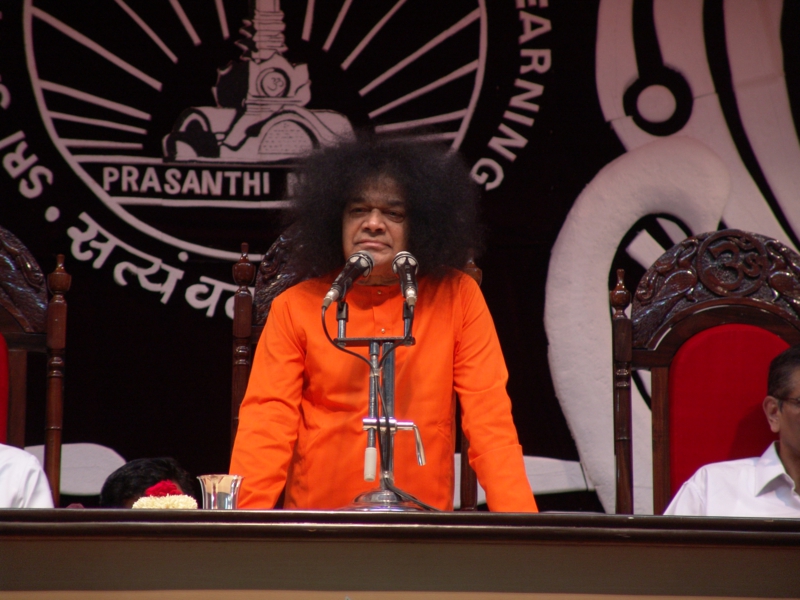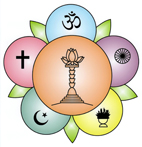
When the heart is filled with all kinds of worldly desires, there is no room in it for spiritual effort. There is a vast difference between one who is attached to worldly things and one who is devoted to Dharma. This may be illustrated by the actions of Drona and Bhishma, the two principal gurus of the Kauravas. Both Bhishma and Drona were supreme masters in the arts of using astras (weapons directed by mantras) and shastras (lethal weapons). But what a difference between the two! Bhishma was highly spiritually minded. After he was wounded all over the body in the Kurukshetra battle, when blood was flowing from the wounds, lying on a bed of arrows he taught Dharma (righteousness) to the Pandavas. His teachings are contained in the Shanti Parva of the Mahabharata. On the other hand, when Dronacharya heard Yudhishthira say “Aswatthama hatah” (Aswatthama is killed), he did not even wait to hear that it was the elephant named Aswatthama that had died, he concluded that his son Aswatthama had died, and he collapsed on the battlefield. Dronacharya was filled with worldly attachments. Bhishmacharya was filled with love of Dharma (virtuous action). – Divine Discourse, Jun 16, 1983.
Sai inspiriert, 18. April 2024
Wenn das Herz mit allen Arten von weltlichen Wünschen gefüllt ist, ist darin kein Platz für spirituelle Bemühungen. Es besteht ein großer Unterschied zwischen jemandem, der an weltlichen Dingen hängt, und jemandem, der dem Dharma gewidmet ist. Dies kann durch die Handlungen von Drona und Bhishma, den beiden Hauptgurus der Kauravas, veranschaulicht werden. Sowohl Bhishma als auch Drona waren höchste Meister im Umgang mit Astras (durch Mantras gesteuerte Waffen) und Shastras (tödliche Waffen). Aber was für ein Unterschied zwischen den beiden! Bhishma war hochgradig spirituell veranlagt. Nachdem er in der Schlacht von Kurukshetra am ganzen Körper verwundet worden war, lehrte er, als das Blut aus den Wunden floss, auf einem Bett aus Pfeilen liegend, die Pandavas Dharma (Rechtschaffenheit). Seine Lehren sind in der Shanti Parva des Mahabharata enthalten. Als Dronacharya jedoch Yudhishthira sagen hörte: „Aswatthama hatah“” (Aswatthama ist tot), wartete er nicht einmal ab, um zu hören, dass es der Elefant namens Aswatthama war, der gestorben war. Er schloss daraus, dass sein Sohn Aswatthama gestorben war und brach auf dem Schlachtfeld zusammen. Dronacharya war von weltlichen Anhaftungen erfüllt. Bhishmacharya war von der Liebe zum Dharma (tugendhaftem Handeln) erfüllt. – Sri Sathya Sai, 16. Juni 1983.
© Sri Sathya Sai Media Centre | Sri Sathya Sai Sadhana Trust – Publications Division
